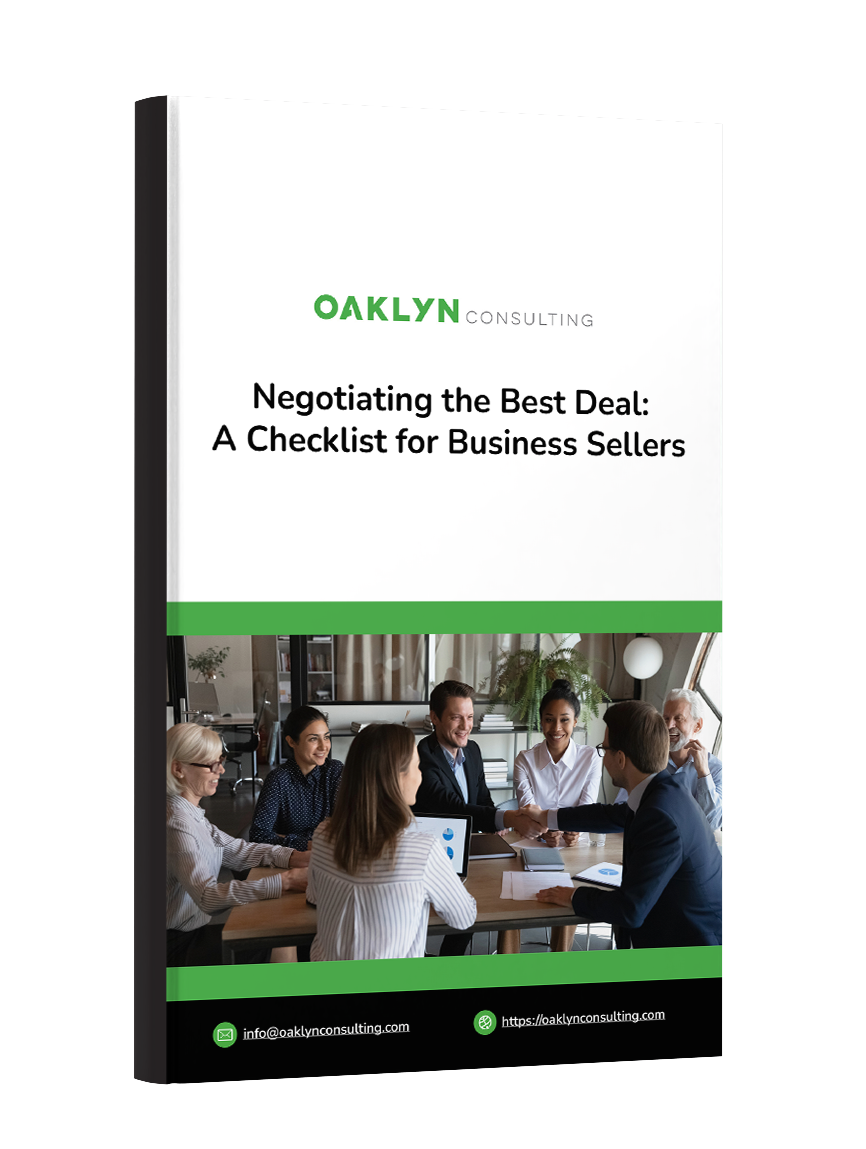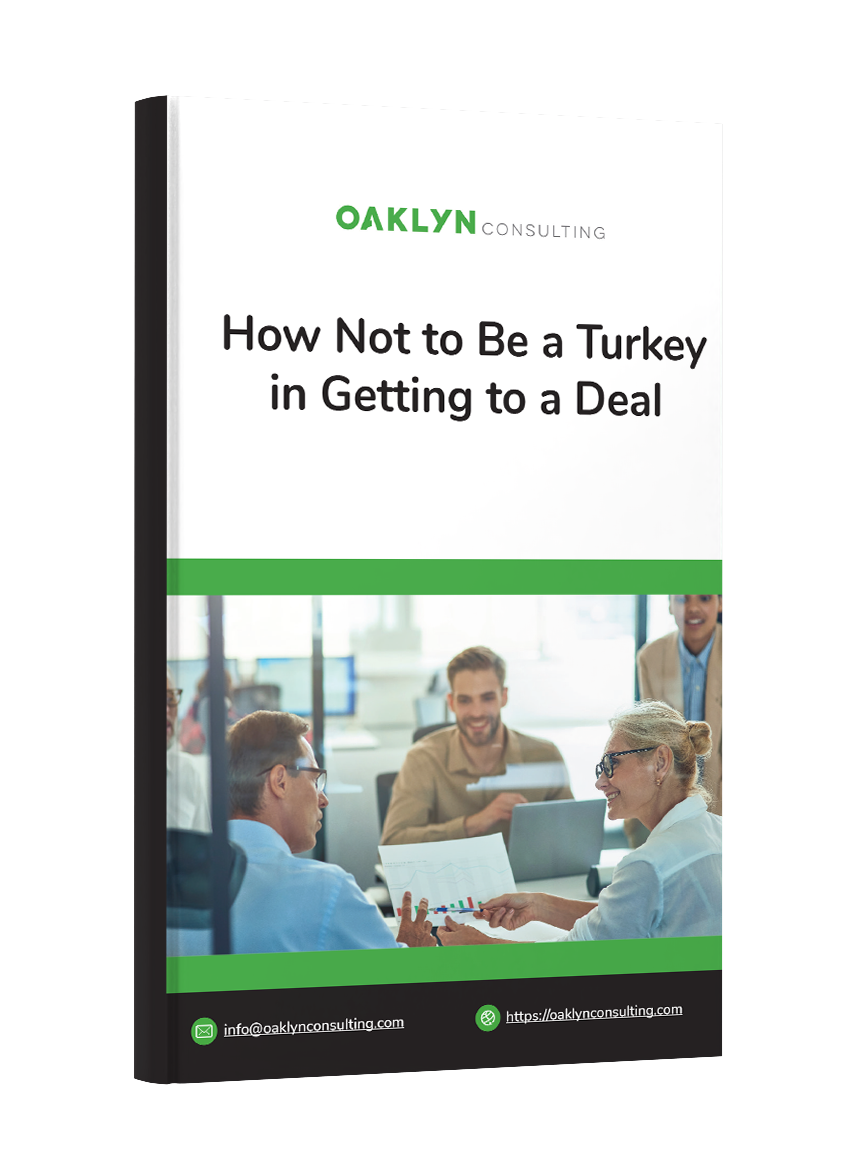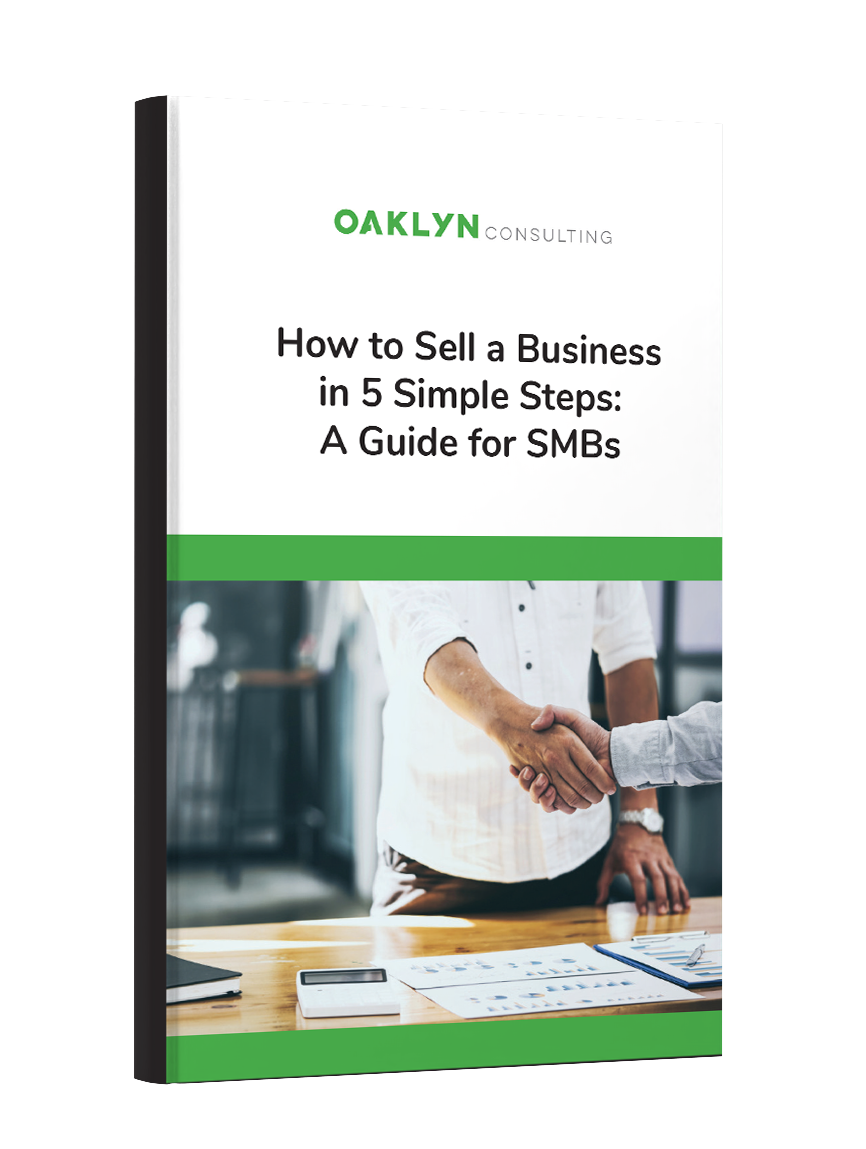As 2020’s challenges flow into 2021, businesses are strategically planning long-term initiatives that will carry them through the pandemic and beyond. Whether they were considering it before the pandemic or not, some companies may benefit from purchasing or selling troubled assets. Thanks to SmallBizDaily for having me share my suggestions for optimizing non-core assets.
Read the article in SmallBizDaily.
Read the article in PDF.
As COVID-19 stretches on, businesses are turning their focus to long-term initiatives that will carry them through the pandemic and beyond. The initial anxiety-filled, reactionary choices that leaders made earlier this year have been replaced by strategic plans as companies pivot and prepare for a new future. It has been inspiring to see business leaders adapt with such immediacy, thoughtfulness and creativity.
Some entrepreneurs and CEOs will take advantage of the current economic climate by either selling or investing in troubled assets. This term can refer to assets in or near default, but can also mean a unit, product or division that is no longer strategically important, competitive or sufficiently profitable. For example, a company may decide to focus only on its core products or divisions and let go of its non-foundational elements. Simultaneously, another company may see opportunity and acquire those resources to ensure long-term growth.
Even companies that had not thought about purchasing or selling troubled assets before the pandemic are considering it now as they work to optimize their portfolios. This mindset is smart and forward-looking. At the same time, buying or selling a troubled asset is a big decision and requires thinking ahead to what the final result will be.
When it comes to the sale or acquisition of troubled assets, there are specific things to consider — for both sides of the negotiation table.
THE SELLER
If you are thinking of selling a troubled asset, here are seven key questions to work through:
- Who would be interested in these products, operations or other assets — and how can I best market to them?
- Is there anything I can do to make these portfolio pieces more appealing to potential buyers?
- Do these assets also include any liabilities, and if so, what?
- How long would it take to close on the sale, and what could the net proceeds be?
- What is my fiduciary responsibility to potential investors or other parties?
- How would this affect staffing and project design?
- What will this do to my organization when it is sold?
While these questions may seem simple, there is a lot involved in answering them effectively. Take the time to build out financial projections and make sure to include assumptions that prospective investors or purchasers will want to see. Conduct an in-depth analysis about how this will impact your company. Additionally, determine the best way to position the asset to ensure you receive a high level of interest and value. Discuss your findings and analyses with your board, lenders, investors and other advisors so you feel confident that your decisions are smart, data-driven and realistic.
It’s also crucial to map out a post-sale plan for your company. It should detail how and when you will communicate the status of the sale, the direction of the company, any integration considerations, and future goals and timelines. That will keep your employees engaged and your business focused.
THE INVESTOR
There are also seven questions to work through if you are looking to invest in or acquire a troubled asset:
- What kind of companies would want to hear from us, even if there was previously competition?
- What assets would complement and strengthen our current portfolio?
- What companies could we entice to sell their divisions or offerings?
- How can we best position the offer to be attractive to them and beneficial to us?
- What resources do we need to close a deal, and what information should we provide to our bank or other investors to facilitate the transaction?
- Is there a good relationship and culture fit with the other business, or will restructuring be necessary?
- Are we working with people who can correctly and smartly identify, vet and mediate a successful transaction for us?
The variety of investment and acquisition opportunities has been magnified due to the pandemic. With more opportunities comes more interest from other players, which means it’s important to move quickly. Despite a potentially shorter acquisition time frame, it’s still vital for the due diligence portion to be conducted thoroughly — regardless of if it happens virtually. Even if you will be purchasing from a company that you know well, don’t hesitate to get granular in looking at financial statements and projection scenarios. Look at the asset both before the pandemic and now. Outline the ways the asset can create value and what needs to happen to maximize your return.
CONCLUSION
The pandemic has brought uncertainty and volatility to the market. Companies are no longer using bandages to patch things up and get by; they are changing the very way they function to survive. It is heartening to see businesses face this challenge and overcome it. The ability to sell troubled assets allows stakeholders to receive at least a partial repayment on what they have built. At the same time, companies and investors can acquire attractive assets at a discounted rate.
The key is to find the right company to sell to or purchase from. Many companies will work with outside consultants to conduct the evaluation, find and vet potential buyers, facilitate communications for the sale and build out a post-transaction plan. These third parties can be especially helpful when timeframes are truncated and emotions are running high.
The good news is that the possibility to sell off a troubled asset can bring hope to entrepreneurs and business leaders. Indeed, it can help bolster the whole economy.



